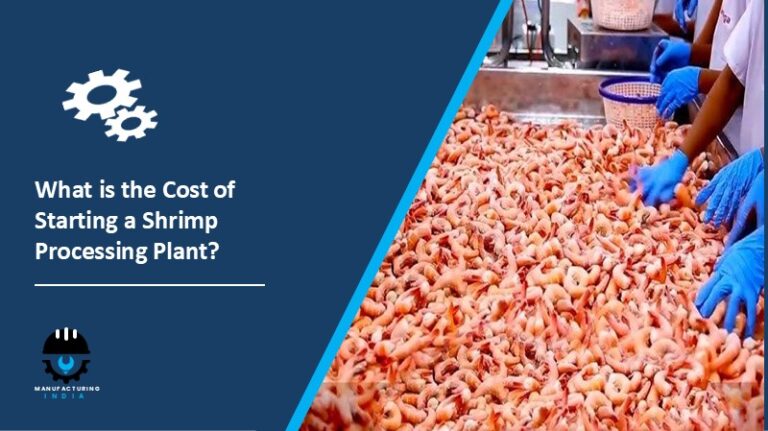
As global temperatures rise and consumer demand for energy-efficient cooling systems increases, the air conditioner (AC) manufacturing industry is witnessing remarkable growth. Establishing an AC manufacturing plant offers investors a promising opportunity to tap into this expanding market. This guide outlines the key steps, process flow, and considerations involved in setting up an air conditioner manufacturing unit.
1. Understanding the Air Conditioner Industry Landscape
The air conditioner market has evolved from being a luxury product to an essential household and commercial appliance. Rapid urbanization, rising disposable incomes, and growing emphasis on energy efficiency are driving demand for smart and inverter-based systems. Government initiatives promoting energy-efficient appliances and green buildings are also fueling industry expansion.
Setting up an air conditioner manufacturing plant aligns with these trends and offers a strong return potential when backed by advanced technology and sustainable operations.
2. Market Research and Feasibility Study
Before starting an AC manufacturing plant, it’s essential to conduct a feasibility study covering:
- Market Demand: Analyze the domestic and export demand of the various air conditioning systems such as split, window, central, inverter, portable, etc.
- Target Customers: Identify residential, commercial, and industrial segments.
- Competitive Landscape: Analyze competitor manufacturers, price ranges, and market positioning within it.
- Investment Requirements: Estimate fixed and variable costs including land, machinery, raw materials, and utilities.
- Profitability Analysis: Assess margins, ROI, and scalability.
A detailed project report from IMARC Group can help evaluate market potential and operational viability.
3. Selecting the Right Location
Location plays a key role in operational efficiency. Choose a site that offers:
- Proximity to component suppliers and logistics hubs.
- Adequate access to utilities such as power, water, and transportation.
- Availability of skilled labor.
- Industrial zoning compliance and environmental clearance.
Industrial clusters or special economic zones (SEZs) often offer tax benefits and streamlined approvals for manufacturing facilities.
4. Manufacturing Process Overview
The manufacturing of air conditioners involves precision engineering and quality assurance. The general process flow includes:
- Component Procurement: Compressors, condensers, evaporators, fans, and electronic control units that comprise the core of these units are either sourced or in-house manufactured.
- Sheet Metal Fabrication: The metal casing for indoor and outdoor units is fabricated, cut, and powder-coated.
- Assembly Line Setup: Mechanical, electrical, and refrigerant parts are assembled using automated and semi-automated lines.
- Refrigerant Charging: Units are charged with eco-friendly refrigerants under controlled conditions.
- Testing & Quality Control: Each unit undergoes performance, leak, and safety testing.
- Packaging & Dispatch: Finished units are packed, labeled, and shipped to distributors or retailers.
Automation and IoT-based quality control systems can enhance precision and reduce production costs.
5. Machinery and Equipment Requirements
Depending on production capacity, the plant setup may require:
- Sheet metal fabrication machines
- Coil winding and assembly machines
- Compressor and condenser testing units
- Refrigerant charging systems
- Leak detection and vacuum systems
- Conveyor lines and packaging machinery
Ensuring compliance with environmental and energy efficiency standards is critical, especially for refrigerant handling.
6. Raw Materials and Utilities
Major raw materials include:
- Copper and aluminum coils
- Compressors
- Condensers and evaporators
- Electrical components
- Sheet metal and plastics for casing
- Refrigerants (eco-friendly types preferred)
Reliable access to electricity, water, and quality raw materials ensures uninterrupted production.
7. Manpower and Skilled Workforce
A successful plant requires a mix of skilled, semi-skilled, and technical personnel, including:
- Mechanical and electrical engineers
- Quality control supervisors
- Technicians and assembly workers
- Logistics and warehouse staff
- Sales, marketing, and administrative teams
Training in quality standards (such as ISO 9001 and ISO 14001) ensures adherence to global manufacturing norms.
8. Regulatory Compliance and Certifications
Compliance with environmental, safety, and quality regulations is mandatory.
Key certifications and approvals include:
- Bureau of Indian Standards (BIS) certification
- Bureau of Energy Efficiency (BEE) star rating compliance
- Pollution Control Board clearance
- Factory license and fire safety approvals
- Compliance with refrigerant use and disposal norms
9. Quality Assurance and Sustainability
Modern air conditioner manufacturing emphasizes:
- Energy efficiency: Using inverter technology and low-power components.
- Sustainable production: Adoption of eco-friendly refrigerants (R-32, R-290).
- Waste management: Recycling of metals and plastics.
- Smart technology integration: IoT-enabled monitoring for predictive maintenance.
These practices not only improve product performance but also enhance brand credibility and market competitiveness.
10. Marketing and Distribution Strategy
A well-structured marketing strategy should target both domestic and export markets through:
- Dealer and distributor networks
- E-commerce platforms
- OEM collaborations with real estate and HVAC companies
- After-sales service and warranty support
Brand visibility, energy efficiency labeling, and customer service are key differentiators in this competitive market.
Establishing an air conditioner manufacturing plant offers a rewarding business opportunity for entrepreneurs looking to enter the fast-growing HVAC sector. With rising global demand and supportive government initiatives, the timing is ideal for investment.
By focusing on advanced technology, sustainable design, and compliance with regulatory standards, investors can build a resilient and profitable manufacturing operation.



